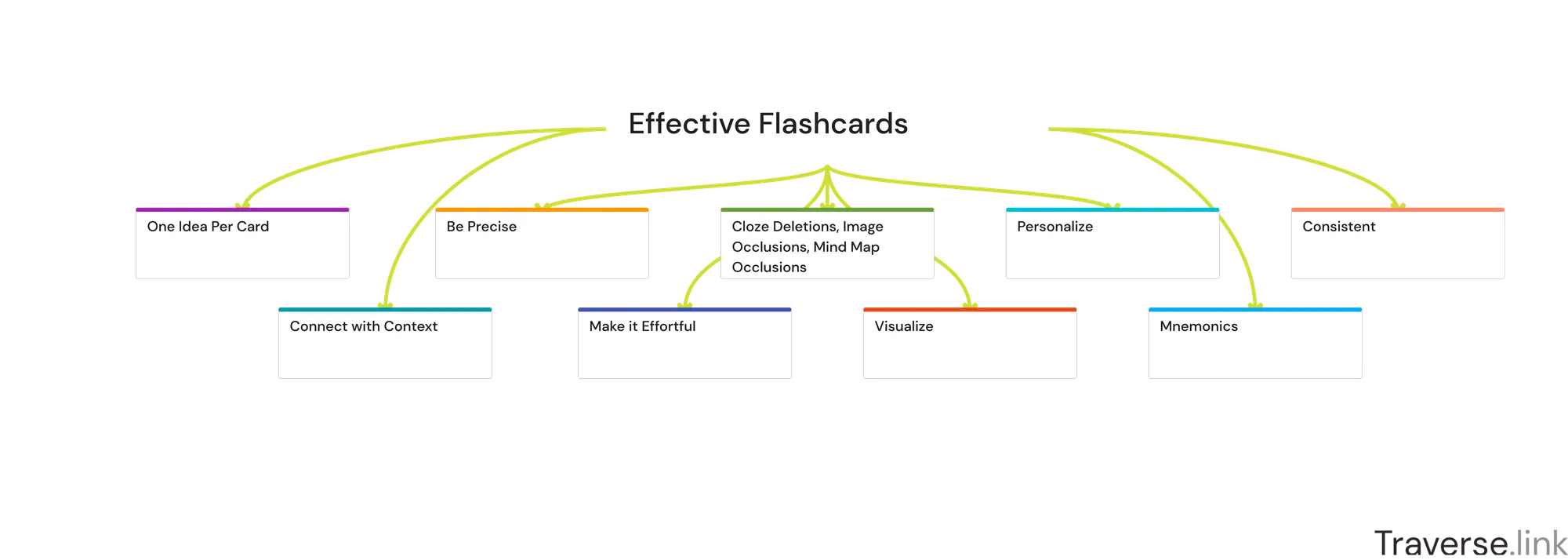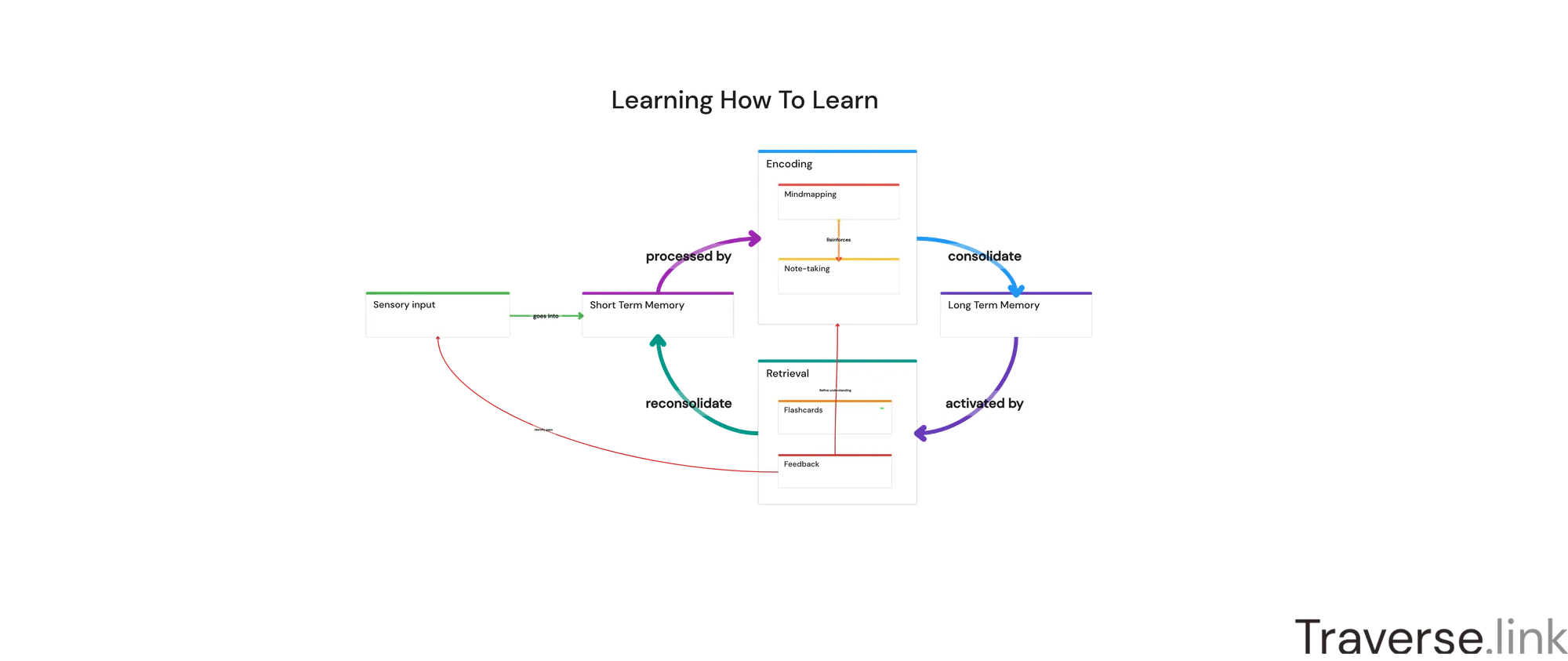Flashcard practice is a common part of the learning process for many students, whether in medicine, law, engineering, language learning or other subjects.
But it’s also one that can very easily start feeling like a drag, if you review hundreds of isolated facts in a row.
In this post, I’ve gathered some resources which help you create flashcards that are effective, fun and challenging to review, without becoming tedious.
#1 Augmenting Cognition by Michael Nielsen [Essay]
In this essay, physicist and AI researcher Michael Nielsen explains how he uses spaced repetition flashcards to quickly master unfamiliar research fields. He recommends keeping flashcards atomic (focused) but interlinked, so that several seemingly simple flashcards together can help you understand complex topics.
#2 20 Rules of Formulating Knowledge by Piotr Wozniak [Article]
Piotr Wozniak is the developer of SuperMemo, one of the earliest apps that brought spaced repetition to the digital space. He stressed that you need to learn before you start memorizing (more on that in my video below), but also recommends to add vivid images, personal experiences and triggering emotions (for example, by using specific examples that are meaningful to you).
#3 When Should You Use Flashcards by Scott Young [Video]
Scott Young, author of Ultralearning, recommends being very selective when you make flashcards, e.g. do not create a flashcard for every single fact you encounter, because it may not be worth remembering in the first place (but you don’t know this if you don’t understand the topic yet, hence why understanding should come first!).
(BTW, Scott’s course Rapid Learner, which I’ve recommended before, opens its doors again next week. If you join the wait lis via this link you’ll get a free email course - and I get a small commission in case you enroll for the paid course at some point).
#4 How to write good prompts: using spaced repetition to create understanding by Andy Matuchak [Article]
Andy Matuchak, a pioneer in the space of augmention cognition with digital tools, lists several principles of creating good flashcards, and what’s really helpful is that he brings them into practice right away (also, in the article you’ll learn how to make delicious chicken soup!).
At this point you may say, “creating good flashcards seems pretty challenging! Why don’t I just use one of the pre-made flashcard decks which others have already created for my subject?”
The resources above already hint at the answer, eg.:
- When using pre-made flashcards, you risk memorizing what you don’t understand. This not only results in fragmented knowledge of isolated facts, but it also makes your reviews very tedious.
- Another person won’t have the same personal experiences and emotional responses as you do - so their flashcards will more bland, boring and harder to memorize for you
- To really understand why using pre-made decks is a bad idea in most cases, you’ll need to know a bit about what happens in the brain when you learn. I made a video about which you can find below👇
#5 Learn the way your brain works by me ;) [VIDEO]
In this video, you will learn the way your brain works, so you can learn the way your brain works. That will help you create better flashcards but also improve your whole study process.
Read More
Resources






